As the popularity of homeschooling continues to rise, many families are looking for creative ways to make it work in their homes. One popular option is to turn the dining room into a homeschool space. This versatile room can offer a great learning environment, while still serving its traditional purpose for family meals. If you're considering homeschooling in your dining room, here are some tips and tricks to help you make the most of the space. Homeschooling in the Dining Room: Tips and Tricks
Before you get started, it's important to assess your dining room and determine how it can best be used for homeschooling. Take measurements and consider what furniture and supplies you will need. You may want to invest in a large table or desks for your children to work at, along with storage solutions for books and materials. If possible, designate one wall as a learning wall where you can hang a whiteboard, calendar, and other educational resources. How to Create a Homeschool Space in Your Dining Room
One of the biggest benefits of homeschooling in the dining room is the central location it offers. It's typically located near the kitchen, making it easy to grab snacks or meals during breaks. It also allows for easy supervision from parents while still giving children some independence to work on their own. Additionally, having a designated learning space can help create a sense of routine and structure for children, making it easier for them to focus and learn. The Benefits of Homeschooling in the Dining Room
When setting up your homeschool space, it's important to consider the needs of your children. If you have multiple children, you may need to designate different areas or workstations for each of them. It's also important to create a comfortable and inviting space, with plenty of natural light and proper seating. Make sure to also have all necessary supplies within reach, such as pencils, markers, and notebooks. Setting Up a Homeschool Classroom in Your Dining Room
As with any decision, there are both pros and cons to homeschooling in the dining room. On the positive side, it allows for a central location for learning, easy access to meals and snacks, and the ability to customize the space to fit your family's needs. However, some potential challenges may include limited space, distractions from other household activities, and difficulty separating school and home life. It's important to weigh these factors and determine if homeschooling in the dining room is the best fit for your family. Homeschooling in the Dining Room: Pros and Cons
One of the fun parts of homeschooling in your dining room is getting creative with how you use the space. For example, you could turn one wall into a learning wall with educational posters, maps, and other resources. You could also use the dining table as a large workspace for projects or experiments. Consider utilizing the dining room chairs as alternative seating options, such as exercise balls or floor cushions, to keep children engaged and comfortable while learning. Creative Ways to Use Your Dining Room for Homeschooling
With homeschooling comes the need for storage and organization. To keep your dining room from becoming cluttered, it's important to have designated spaces for supplies and materials. This could include bookshelves, bins, or even a rolling cart for easy access. You may also want to consider investing in a storage cabinet or hutch to keep items neatly tucked away when not in use. Homeschooling in the Dining Room: Organization and Storage Ideas
If you have a smaller dining room, don't worry - you can still make it work for homeschooling. Consider using foldable or stackable furniture to save space when not in use. You can also utilize the walls by hanging shelves or using a pegboard to store supplies. Another option is to rotate materials and supplies as needed, keeping only what is necessary for the current lesson out in the space. Making the Most of Small Spaces: Homeschooling in the Dining Room
To ensure your dining room is a welcoming and functional homeschool space, involve your children in the setup process. Let them help choose colors and decor, and find ways to personalize their workstations. You can also make the space inviting by adding plants, inspirational quotes, and comfortable seating. By involving your children in the process, they will feel ownership over the space and be more motivated to learn in it. Homeschooling in the Dining Room: Creating a Functional and Inviting Space
One of the challenges of homeschooling in the dining room is finding a balance between school and mealtime. To make this easier, try to schedule breaks and meals at consistent times each day. This will help create a routine and allow for smoother transitions between learning and eating. You can also involve your children in meal preparation, turning it into a learning opportunity and a chance to practice life skills. In conclusion, homeschooling in the dining room can be a great option for families looking for a central and versatile space for learning. By following these tips and tricks, you can create a functional and inviting homeschool space that works for your family's needs. With a little creativity and organization, your dining room can become a hub for education and family time. Homeschooling in the Dining Room: How to Balance School and Mealtime
Homeschooling in the Dining Room: A Functional and Stylish Solution
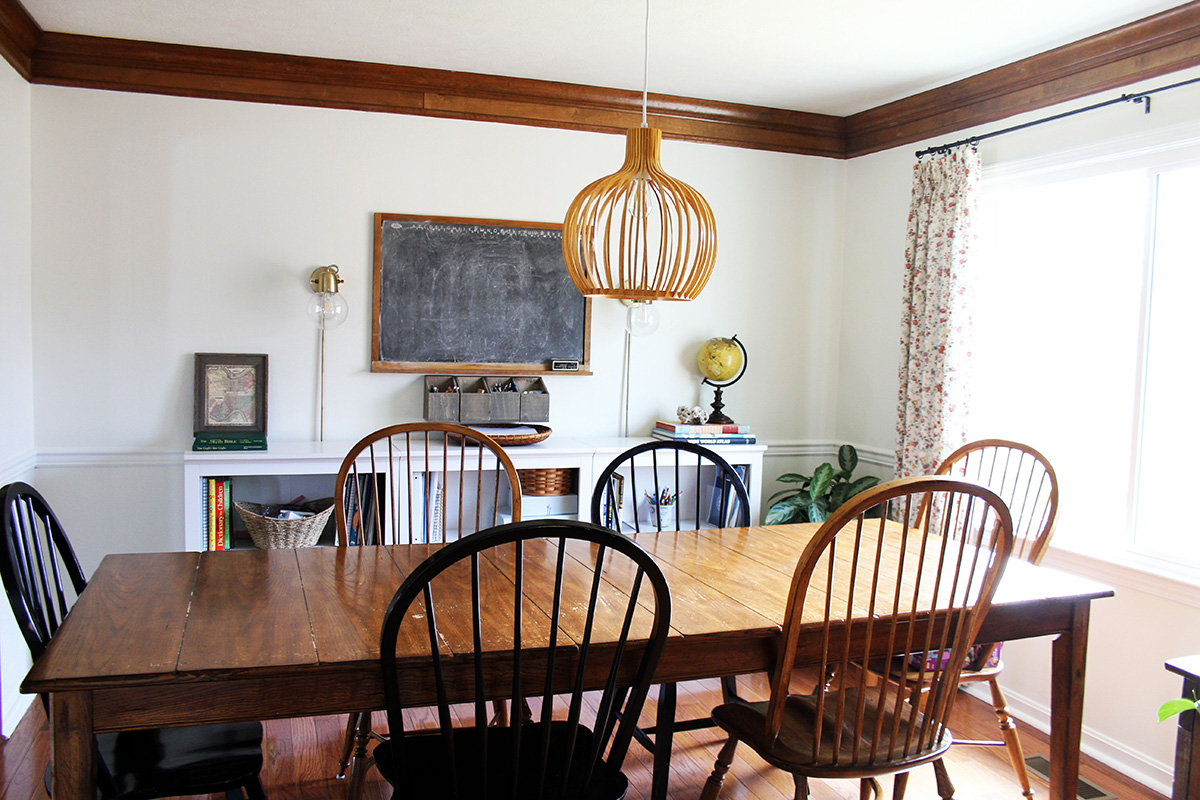
The Rise of Homeschooling
 In recent years, homeschooling has become an increasingly popular choice for families seeking a more personalized and flexible education for their children. According to the National Home Education Research Institute, approximately
2.5 million
students in the United States were homeschooled in 2019, and this number continues to grow.
In recent years, homeschooling has become an increasingly popular choice for families seeking a more personalized and flexible education for their children. According to the National Home Education Research Institute, approximately
2.5 million
students in the United States were homeschooled in 2019, and this number continues to grow.
The Importance of a Dedicated Learning Space
 One common challenge for homeschooling families is finding a suitable learning space within their homes. Many parents struggle to balance the need for a designated area for schooling with the limited space in their homes.
The dining room
is often overlooked as a potential solution, but with some creativity and careful design, it can be transformed into a functional and stylish learning space.
One common challenge for homeschooling families is finding a suitable learning space within their homes. Many parents struggle to balance the need for a designated area for schooling with the limited space in their homes.
The dining room
is often overlooked as a potential solution, but with some creativity and careful design, it can be transformed into a functional and stylish learning space.
Utilizing the Dining Room for Homeschooling
 The dining room may seem like an unconventional choice for a classroom, but it has several advantages that make it an ideal option for homeschooling. First and foremost, it is a central and versatile space that can easily accommodate the various activities and lessons involved in homeschooling. With a large table and chairs, it can serve as a traditional classroom setting for lectures and discussions. At the same time, the open floor plan allows for movement and hands-on learning activities.
Maximizing Space and Storage
One of the biggest challenges in homeschooling is finding enough space for storage and organization. The dining room's built-in storage, such as cabinets and buffets, can be repurposed for storing books, supplies, and learning materials. Utilizing wall space for shelving or installing a custom-built storage unit can also help maximize space in the dining room.
Creating a Stimulating Environment
A well-designed learning space can have a significant impact on a child's motivation and engagement. To make the dining room a truly inviting and stimulating environment for learning, consider incorporating elements such as colorful posters, educational charts, and a designated reading nook. Lighting also plays an essential role in setting the mood for learning, so be sure to have plenty of natural light and task lighting for different activities.
The dining room may seem like an unconventional choice for a classroom, but it has several advantages that make it an ideal option for homeschooling. First and foremost, it is a central and versatile space that can easily accommodate the various activities and lessons involved in homeschooling. With a large table and chairs, it can serve as a traditional classroom setting for lectures and discussions. At the same time, the open floor plan allows for movement and hands-on learning activities.
Maximizing Space and Storage
One of the biggest challenges in homeschooling is finding enough space for storage and organization. The dining room's built-in storage, such as cabinets and buffets, can be repurposed for storing books, supplies, and learning materials. Utilizing wall space for shelving or installing a custom-built storage unit can also help maximize space in the dining room.
Creating a Stimulating Environment
A well-designed learning space can have a significant impact on a child's motivation and engagement. To make the dining room a truly inviting and stimulating environment for learning, consider incorporating elements such as colorful posters, educational charts, and a designated reading nook. Lighting also plays an essential role in setting the mood for learning, so be sure to have plenty of natural light and task lighting for different activities.
In Conclusion
 Homeschooling in the dining room may not be the first choice for many families, but with some creativity and thoughtful design, it can be a functional and stylish solution. By utilizing the space, maximizing storage, and creating a stimulating environment, the dining room can be transformed into a versatile and inviting learning space for children. So why not consider homeschooling in your dining room and see the benefits it can bring to your family's daily routine.
Homeschooling in the dining room may not be the first choice for many families, but with some creativity and thoughtful design, it can be a functional and stylish solution. By utilizing the space, maximizing storage, and creating a stimulating environment, the dining room can be transformed into a versatile and inviting learning space for children. So why not consider homeschooling in your dining room and see the benefits it can bring to your family's daily routine.




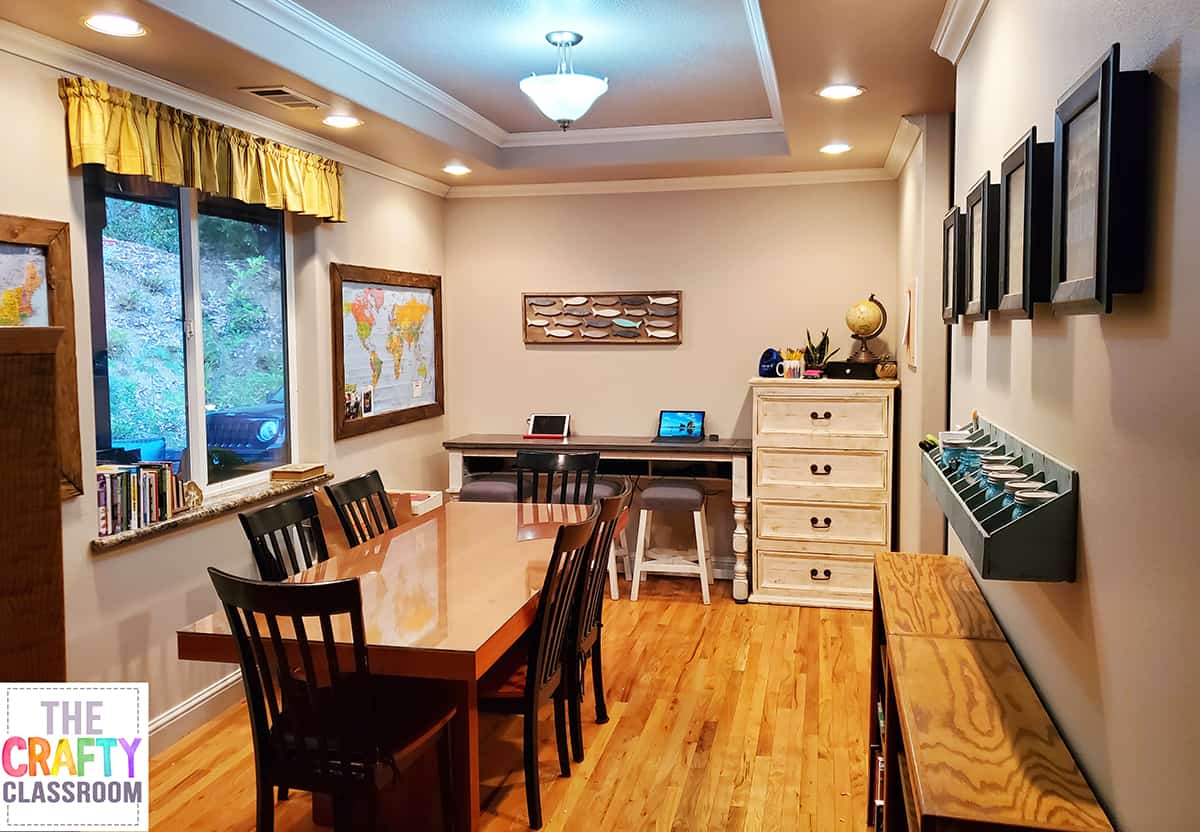



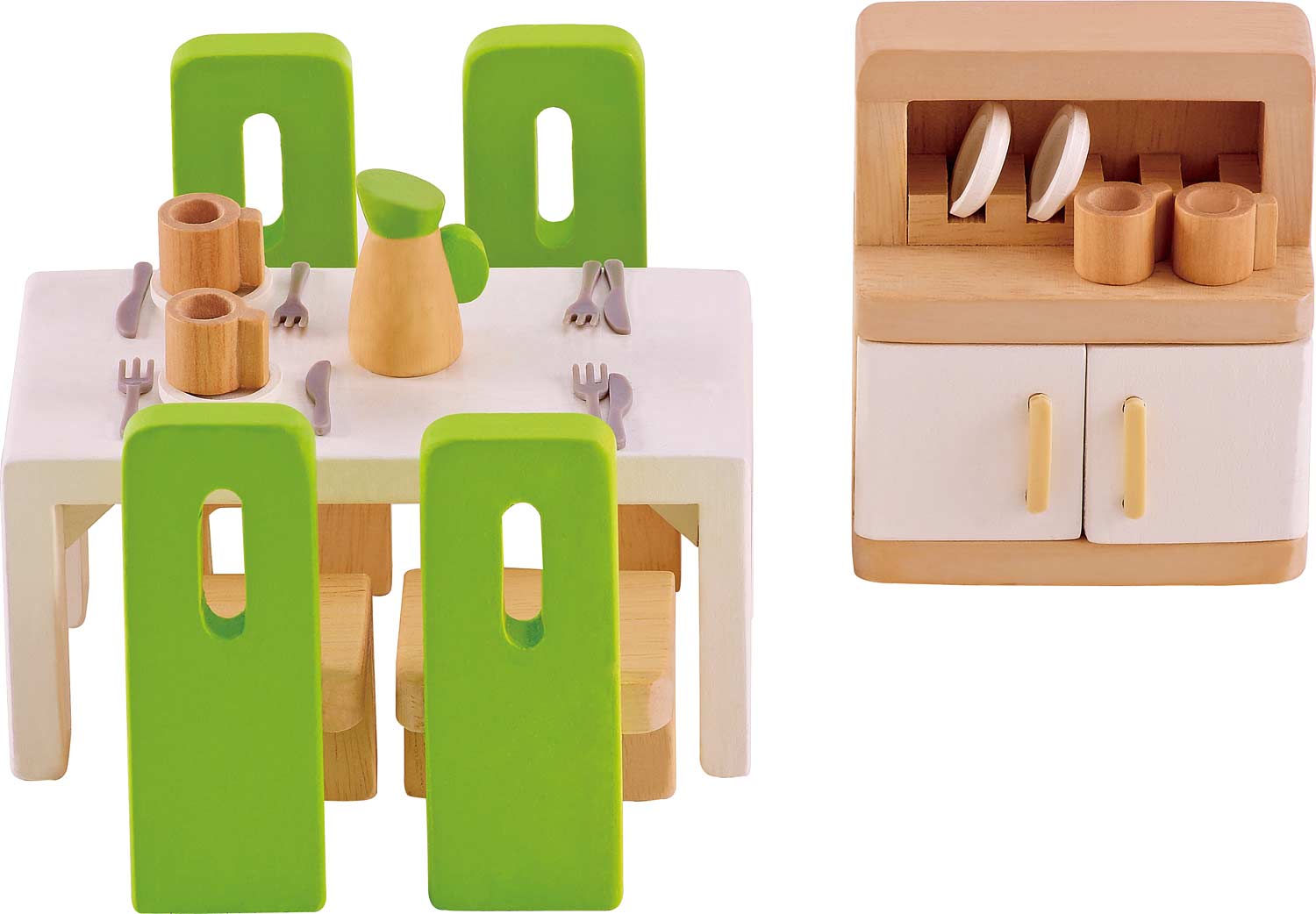



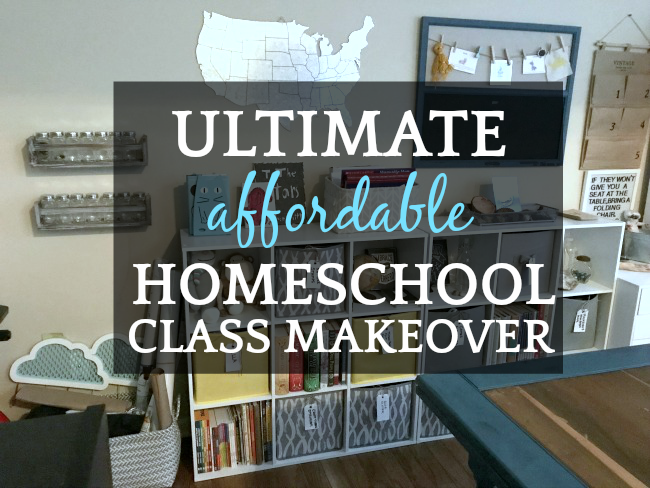





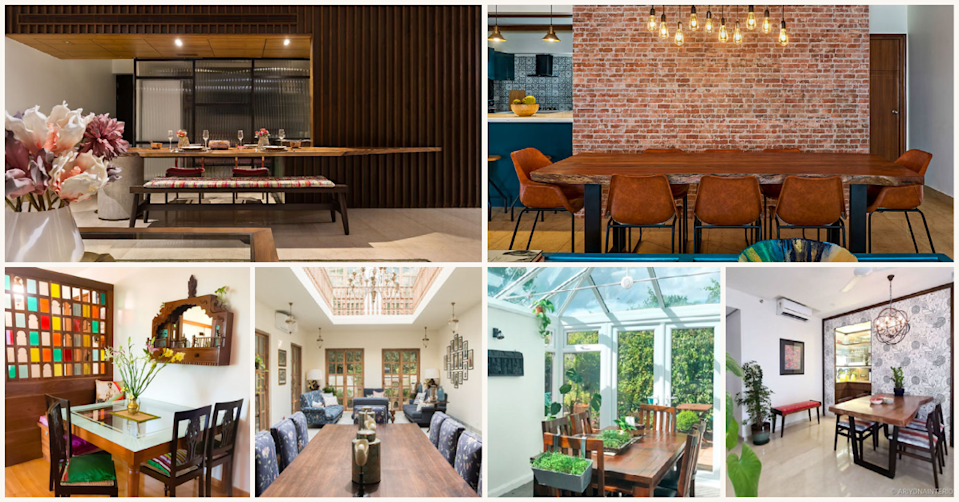
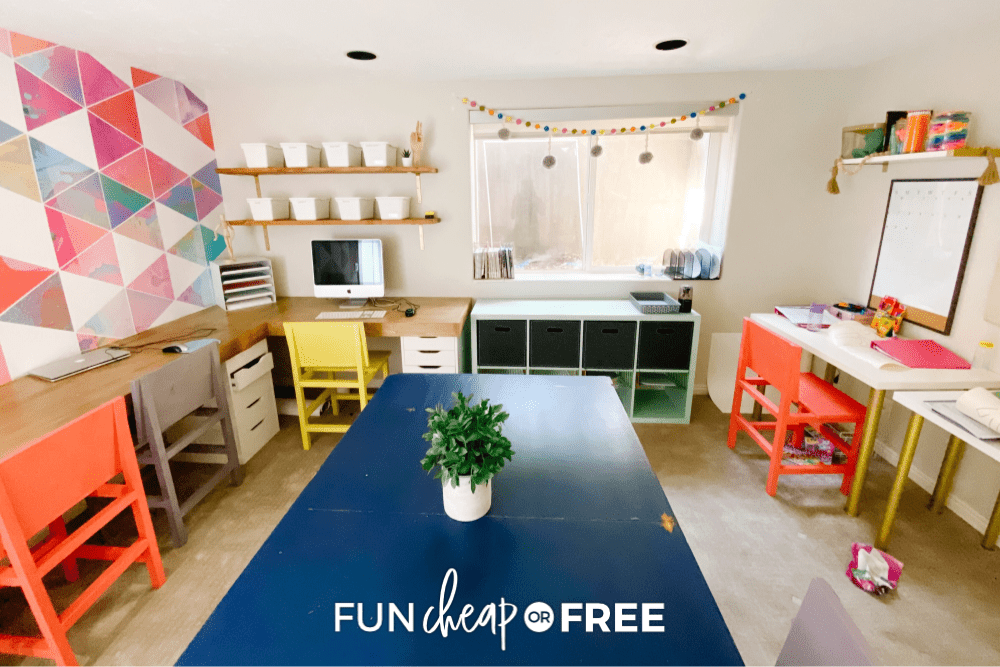


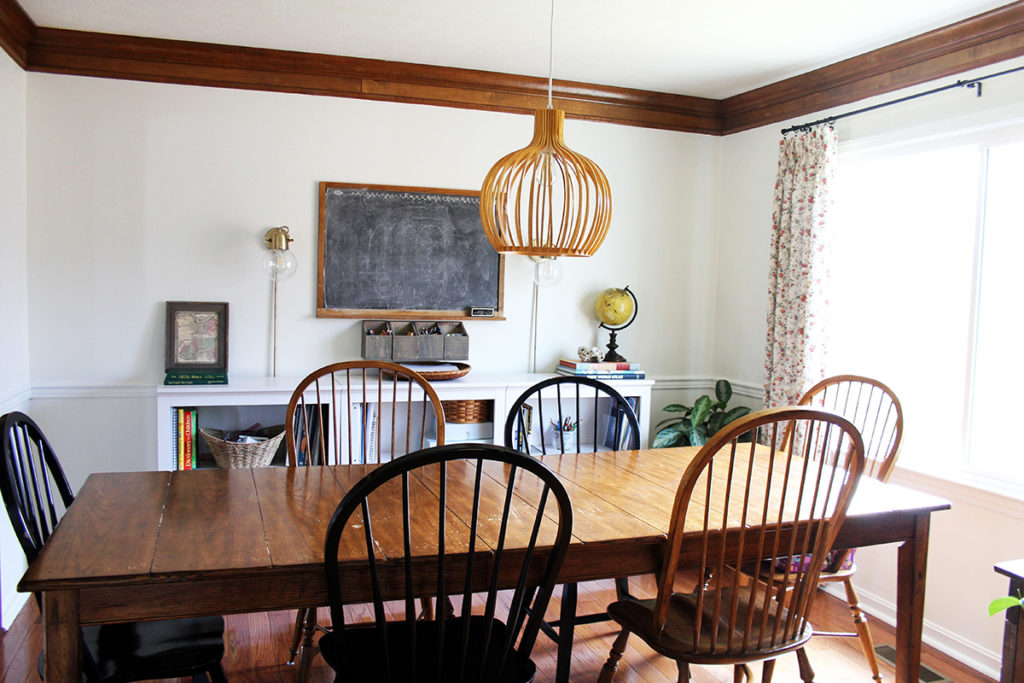




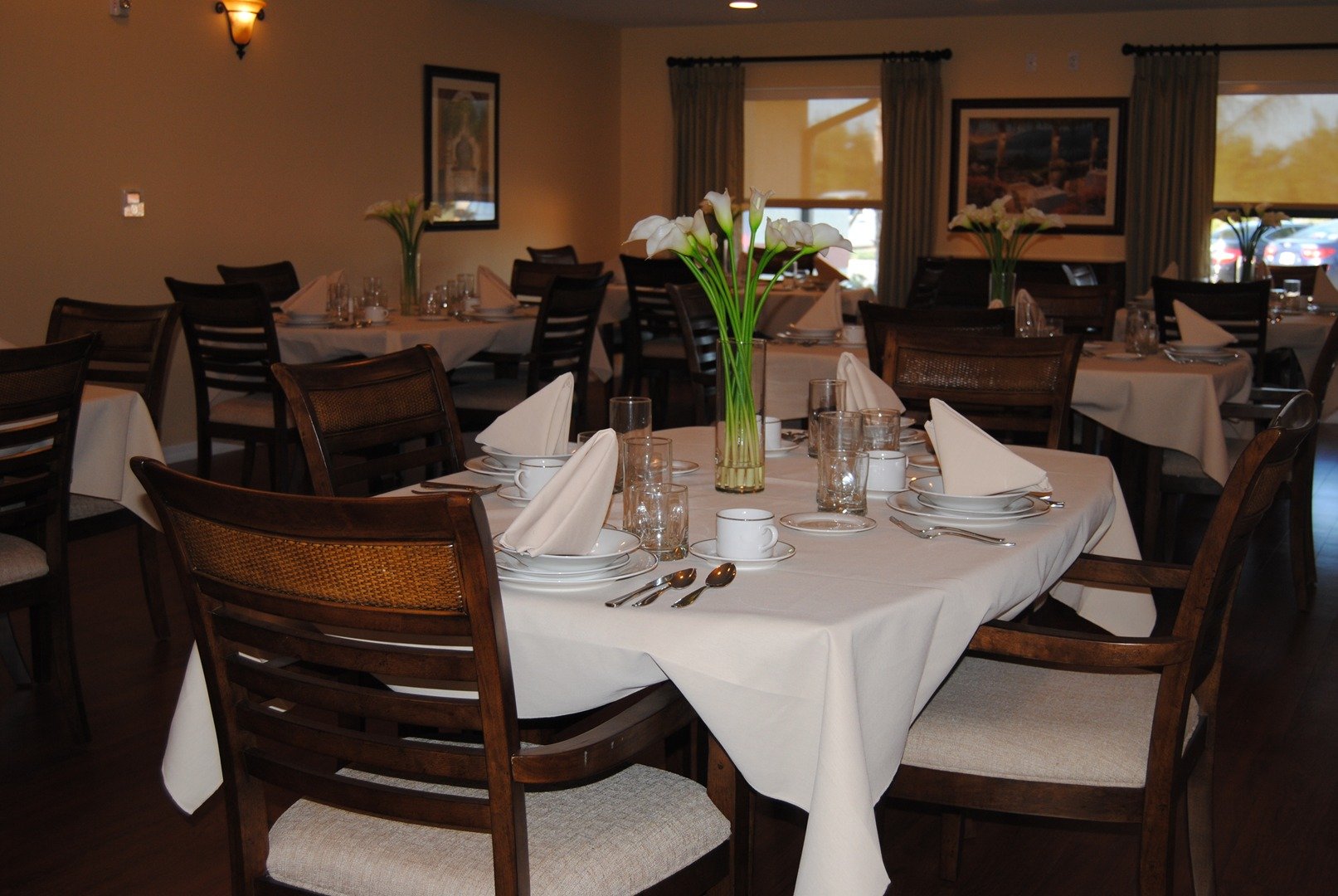











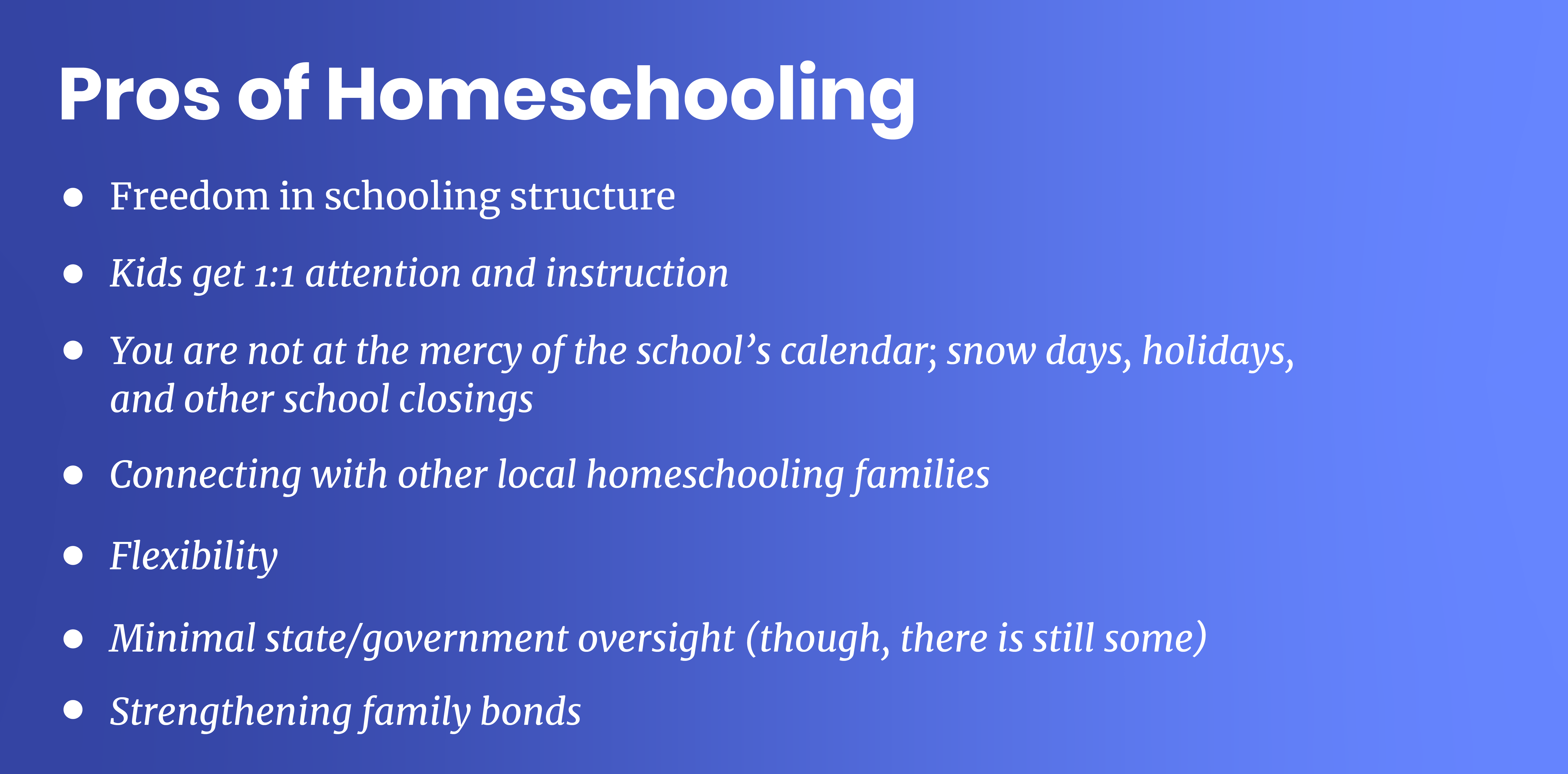










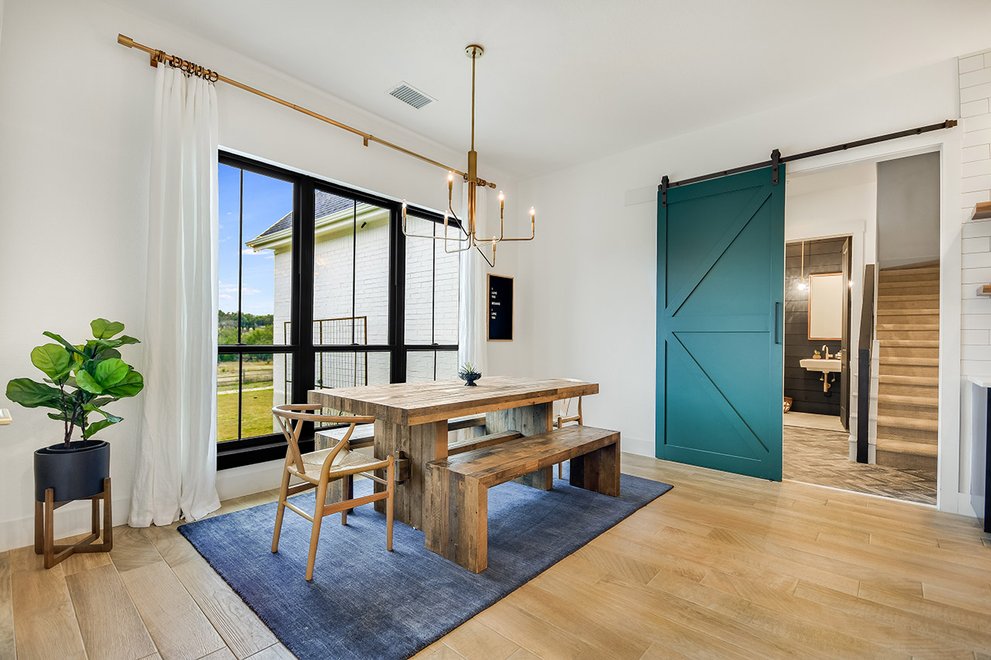
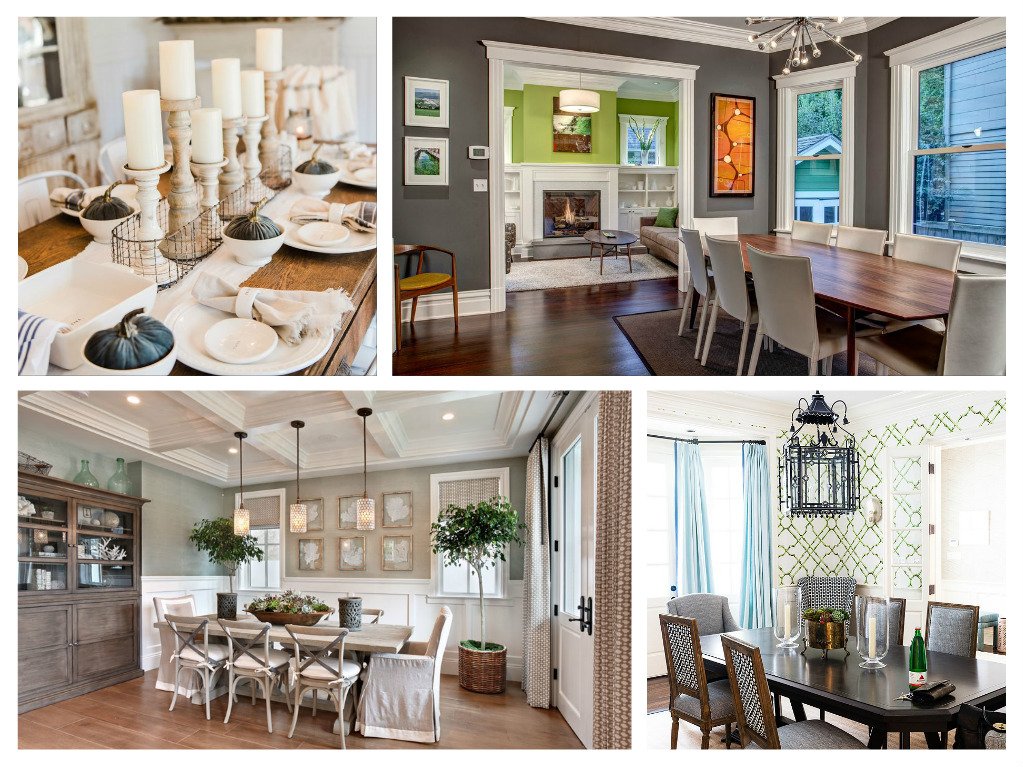
















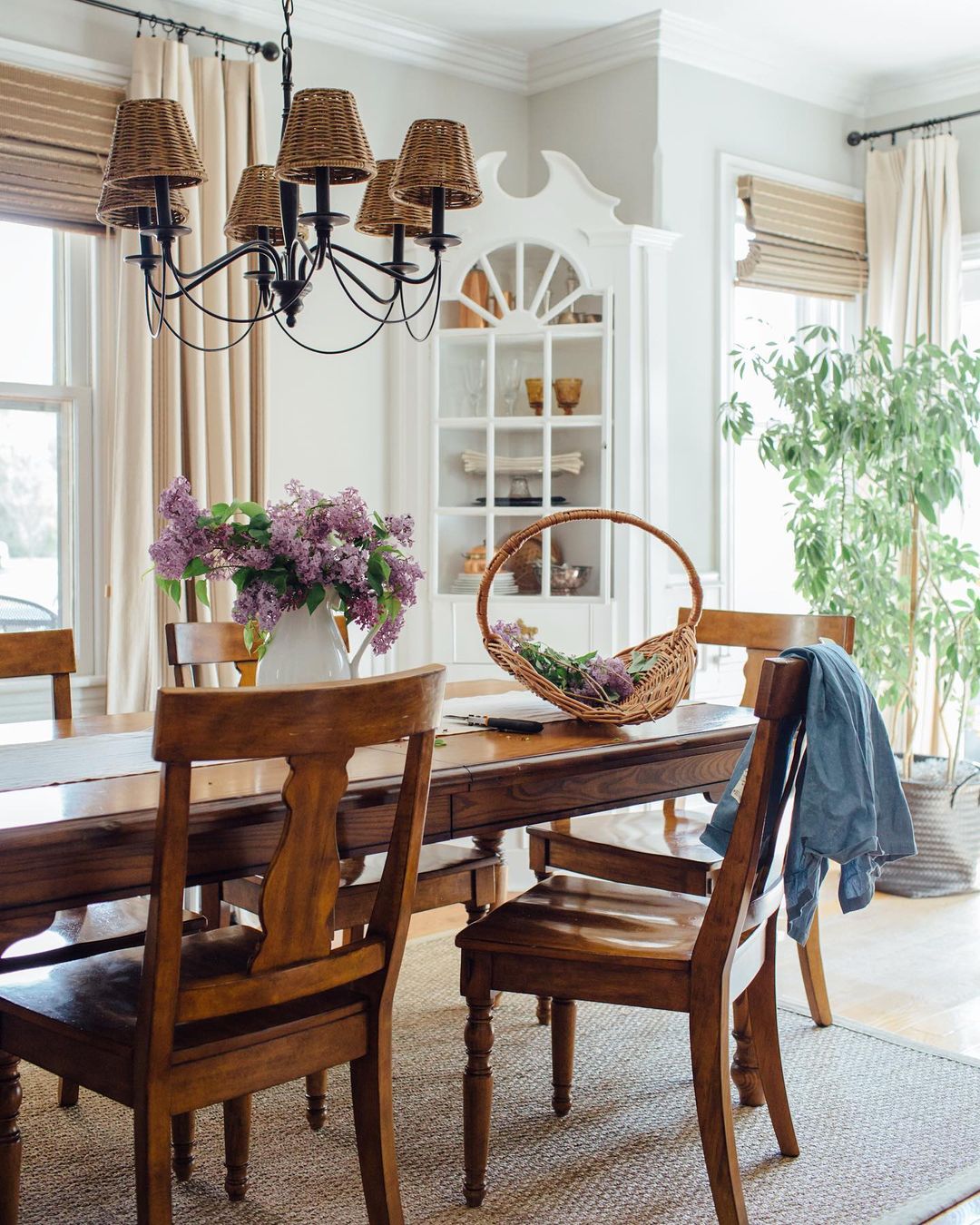

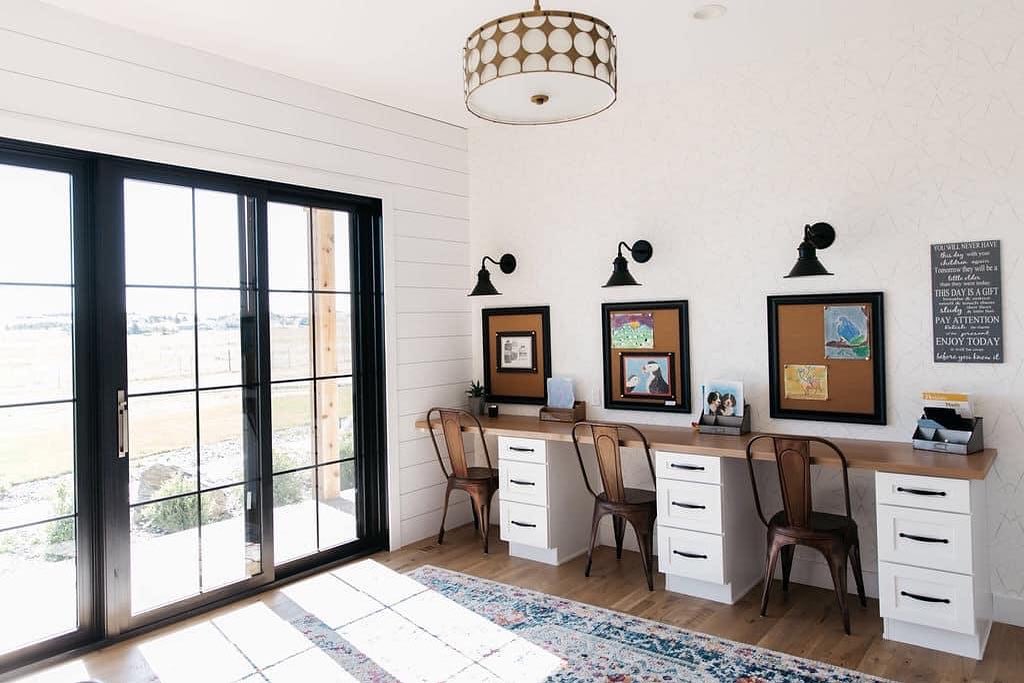



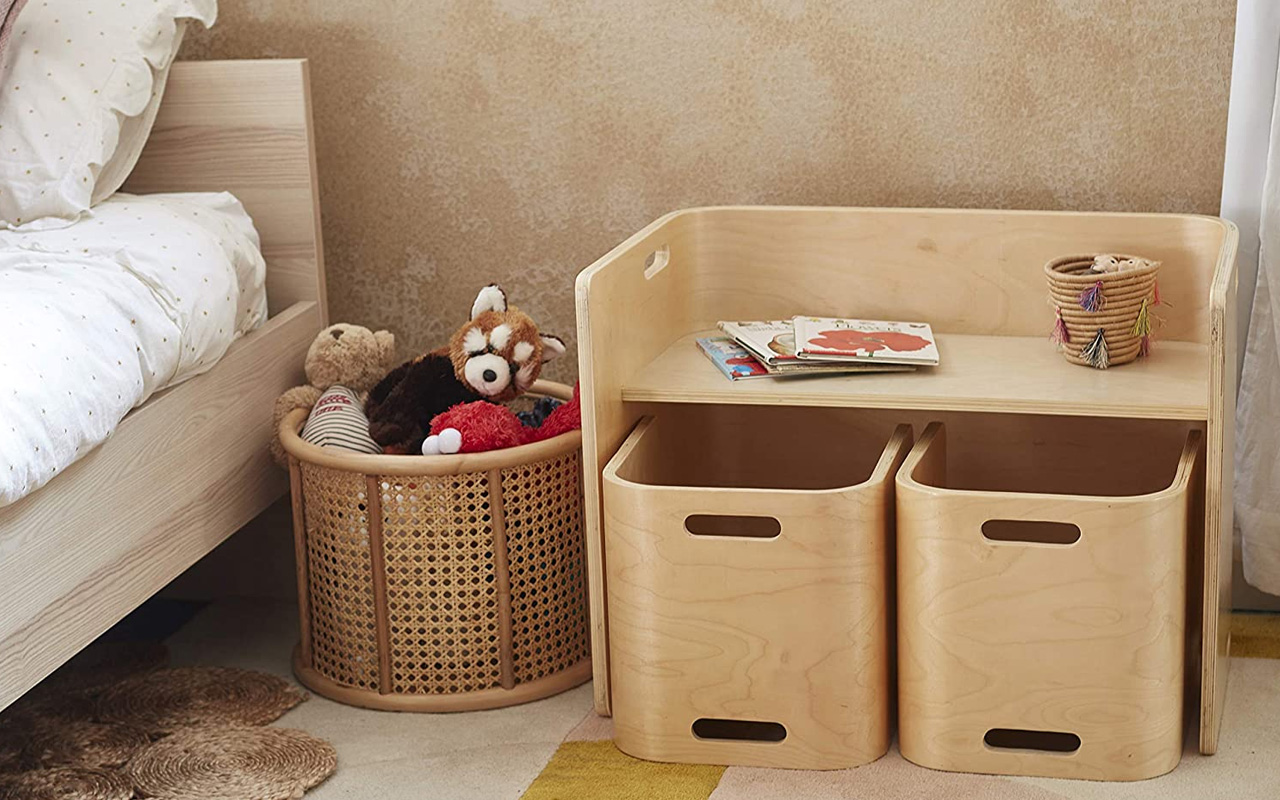



.jpg)






